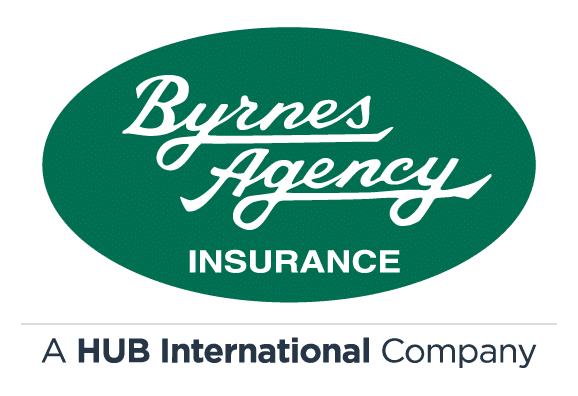What are the Onsite Risks of Dry Cleaner Operators?

Working in a dry cleaning facility requires a specific skill set as well as considerable stamina. Jobs in the dry cleaning industry often require long hours spent on your feet and exposed to workplace hazards. Indeed, there are many hazards at dry cleaners that are unique to the industry and put workers’ health and wellbeing at risk. If you’re interested in mitigating these liabilities and investing in dry cleaner safety, you should first understand the most common risks and their impact on workers. Read on for more information about hazards at the dry cleaners.
Chemical Hazards
One of the most common and yet most dangerous workplace risks facing dry cleaning workers is the presence of chemical hazards. Many of the chemicals that are used in the dry cleaning process are known to be potential human carcinogens, meaning that they can cause cancer through long-term exposure. One of these chemicals, perchloroethylene, is integral to the dry cleaning process. It is a solvent that is commonly used to clean fabrics because of its ability to dissolve grime, grease, and dirt without causing any damage to fabrics. According to the Center for Disease Control, though, it is associated with liver damage, bladder cancer, multiple myeloma, and non-Hodgkin lymphoma. Unfortunately, dry cleaning workers are vulnerable to exposure via skin absorption and the inhalation of vapor.
Fire Risk
Solvents aren’t just a threat to individual workers’ health. They’re also a common cause of fire risk. Many of the solvents that are used in the dry cleaning process are petroleum-based, which means that they are extremely flammable and even susceptible to explosion. Fire risk is particularly high if a dry cleaning facility uses these solvents in a drying machine. The combination of a flammable solution with a high-heat machine can quickly cause a fire. Other common workplace risk factors include the presence of lint and the production of static electricity. Dry cleaning facilities should be vigilant about preventing potential fire hazards and maintaining a clear fire response plan in the event that such a disaster should occur.
Ergonomic Injuries
Another common liability facing dry cleaner facilities is the prevalence of ergonomic injuries. These are injuries that occur as the result of repeated, continual movements such as those required for pressing, bagging, and transferring garments. These tasks typically require continuous, repetitive movement with the hands, which puts workers at risk of an ergonomic injury — and most dry cleaning facilities require staff to work at a high speed, which may further compound the risk that staff members face. Unfortunately, this risk is often an inevitable part of the job. Dry cleaner insurance is imperative for protecting a company against the expenses that can be associated with this liability.
About Byrnes Agency
At Byrnes Agency, we offer insurance solutions that can be tailored to meet your specific needs. Whether you’re looking for personal policies or commercial coverage, we have the right coverage for you. To learn more about our products, contact us today at one of our two locations.
If you’ve enjoyed what you’ve read here and would like to know when we’ve published a new blog post, please “like” us on our Facebook page, and share this with your Connecticut neighbors.
Dayville Office
Phone: (860) 774-8549
394 Lake Rd
Dayville, CT 06241
United States
info@byrnesagency.com
Hours of Operation: Monday- Friday 9:00am-5:00pm
Norwich Office
Phone: (860) 886-5498
6 Consumers Avenue
Norwich, CT 06360
United States
info@byrnesagency.com
Hours of Operation: Monday- Friday 9:00am-5:00pm
